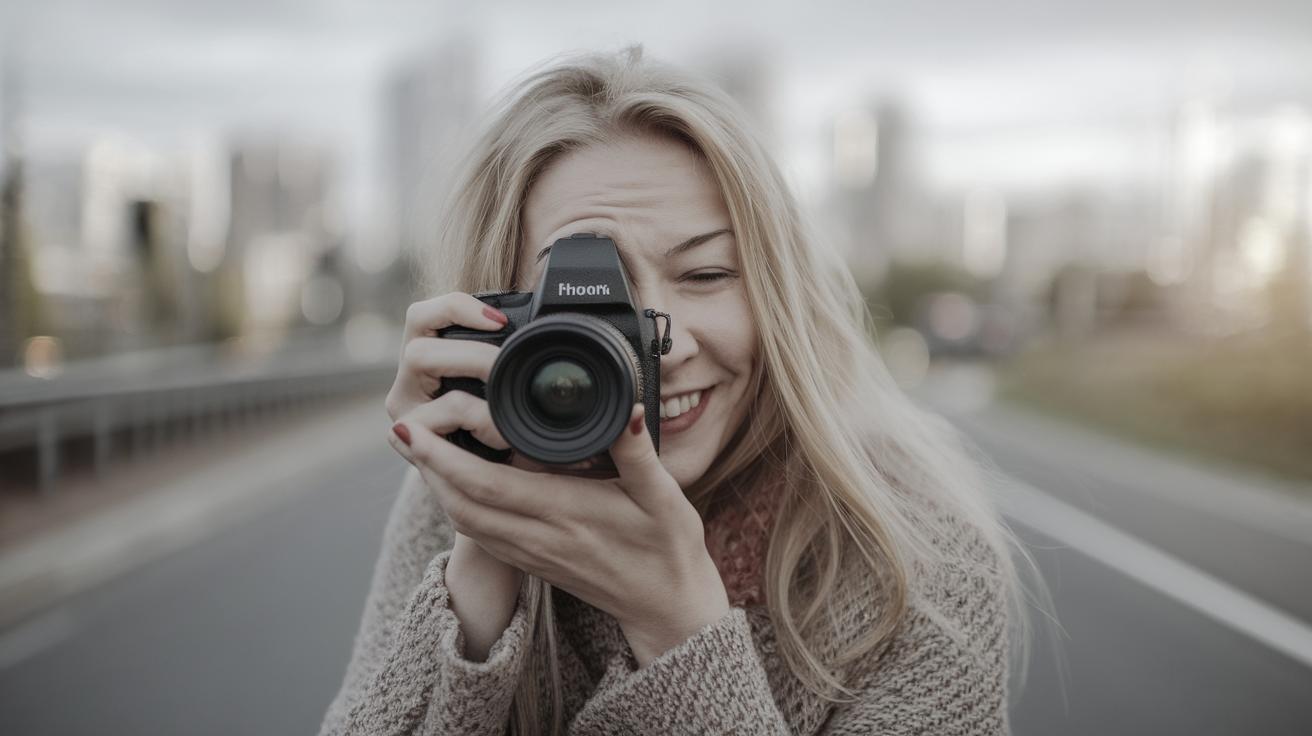How to Capture Emotions in Photography
Photography, at its core, is an art form designed to capture and convey the full spectrum of human emotions. A masterful photograph can communicate a thousand words, draw us into bygone moments, and forge an intimate connection between the subject and the viewer. This blog post aims to unravel the intricate layers of capturing emotions in photography. We will explore the roles of both the artist and the subject, the difference between single shots versus a series of photos, and how technical elements like aperture can alter emotional context. Face analysis and situational awareness will be discussed as crucial skills for portraying genuine emotions. By understanding these elements, photographers can transform ordinary pictures into evocative stories that touch the heart and mind.
How Photography Connects Us on a Deeper Level
Photography bridges gaps between cultures, languages, and even timeframes by capturing universal emotions and experiences. A powerful photograph transcends its visual component and conveys an emotional essence, resonating with viewers on a profound level. In this sense, photographs are not just images—they are stories that engage and connect us to one another.
As humans, emotional connection is essential, and photography is an exceptional medium for fostering these connections. A single click of the shutter can evoke nostalgia, joy, sorrow, or elation, forming a bond that crosses the boundaries of time and space. As a viewer peering into a photograph, one is intrinsically linked to the emotions captured within that fraction of a second.
The Artist
The photographer, as the artist, plays a crucial role in capturing emotion. It begins with how they perceive the world and what they choose to focus on through the lens. A good photographer understands composition, lighting, and timing, but a great one adds their personality and creativity to evoke emotion in the viewer.
An artist must be sensitive to both the subject and the environment, perceiving emotional cues and waiting for the perfect moment to capture them. Their ability to empathize and relate to the subject is often what separates a good photograph from a transformative one. The artist’s unique vision and interpretation of the world are what bring images to life.
The Subject
The subject of a photograph is just as crucial as the photographer in conveying emotion. Whether it is a portrait, a candid shot, or an event capture, the subject’s expression, body language, and story contribute to the overall impact of the image.
Instead of simply posing, a subject that conveys genuine emotion can transform an image from average to extraordinary. For this to occur, subjects should be comfortable and natural, allowing their true feelings to shine through. This often requires a rapport between the photographer and subject, ensuring a relaxed and open atmosphere where authentic emotions can be photographed.
Single vs. Series
A single photograph can be incredibly powerful, capturing a fleeting moment or a singular expression that tells a complete story. However, sometimes a series of photographs is more effective in conveying a broader range of emotions or telling a more comprehensive story.
A series allows the viewer to delve deeper into the subject matter, seeing different facets of the emotion or moment. This approach can provide a fuller understanding of the setting, allowing the photographer a greater chance to explore and showcase multiple layers of emotion and subsequent reactions over time.
Add or Subtract Context with Aperture
The aperture setting on a camera can significantly influence the emotional impact of a photograph by controlling the depth of field. A shallow depth of field isolates the subject, drawing the viewer’s attention to the emotions expressed in their face, effectively subtracting all other contextual distractions.
Conversely, a deep depth of field brings the entire scene into focus, adding context that can enhance or alter the emotional interpretation of the image. By understanding how to manipulate aperture, photographers can orchestrate how a photograph is perceived emotionally and contextually by the viewer.
Reading the Faces
A major part of capturing emotion in photography is the ability to read faces. A face tells a complex story, reflecting the inner feelings of the person being photographed. A slight furrow of the brow or a subtle lift of the lips can convey various emotions, from contemplation to joy.
Skilled photographers are adept at detecting these slight nuances. They can anticipate and capture the precise moment when a face most vividly expresses the underlying emotion. This capability often requires patience, observation, and even a sense of intuitiveness on the artist’s part.
Situational and Historical Knowledge
Capturing emotion isn’t just about technical skills and reading faces. Understanding the broader context of the situation and possessing historical knowledge of the subject matter can greatly enhance the emotional depth of a photograph.
By appreciating the significance of an event or the historical background of a subject, photographers can more accurately and ethically capture the emotional weight of a moment. This responsiveness to context ensures that photographs are not only aesthetically pleasing but truthful and respectful to the narratives they convey.
Summary of Main Points
| Aspect | Description |
|---|---|
| How Photography Connects Us | Photography captures universal emotions, forming emotional bonds across cultures and times. |
| The Artist | The photographer’s empathy, understanding, and creativity are crucial in capturing emotion. |
| The Subject | Subjects need to express genuine emotion, supported by a photographer-subject rapport. |
| Single vs. Series | Single shots capture powerful moments, while series provide broader emotional narratives. |
| Add or Subtract Context with Aperture | Aperture influences emotional context through depth of field manipulation. |
| Reading the Faces | Photographers must detect subtle facial cues to capture genuine emotions. |
| Situational and Historical Knowledge | Understanding context enhances the emotional depth and accuracy of a photograph. |

